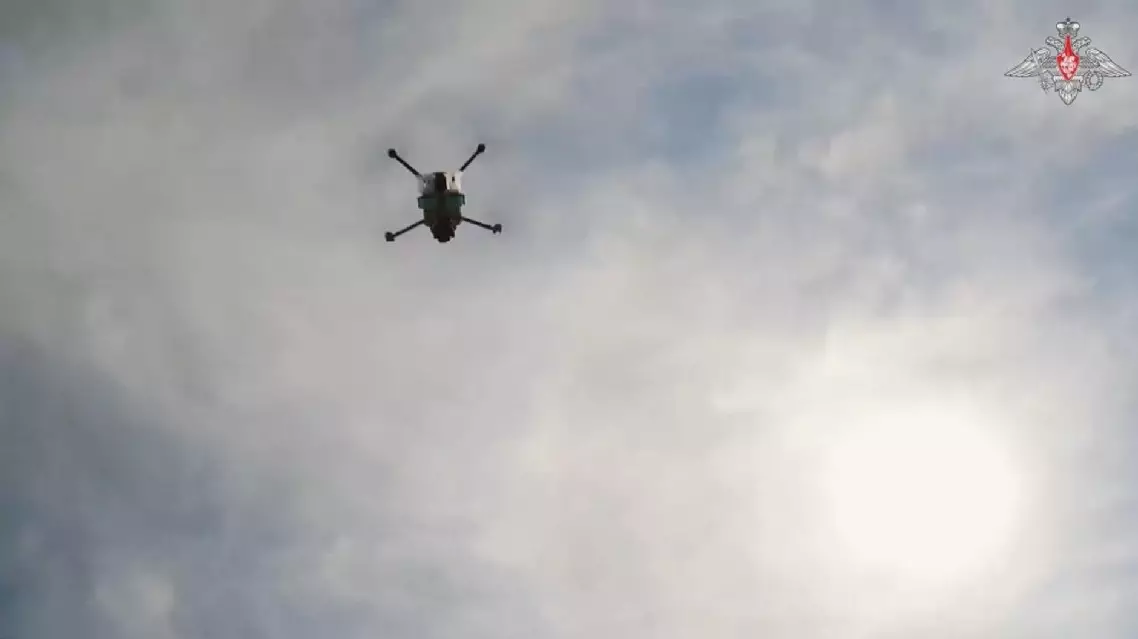Some researchers have shared the methods they used in the background survey of wildlife resources in the central and eastern parts of Tainshan Mountains in northwest China's Xinjiang Uygur Autonomous Region, which has been concluded recently following one and a half year's efforts.
The survey team divided the 1,000-km-long target area, which covers approximately 26,000 square kilometers of varied terrain, into 274 grid cells and positioned infrared cameras along animal traces to collect samples of wildlife for further laboratory analysis.
They randomly selected 20 percent of these grid cells for field investigations.
"Dividing the target area into 10 km by 10 km grid cells allows us to cover various habitats, such as forests, grasslands, and deserts. Although there were fewer desert areas, we tried to include as many types of terrain as possible, including some shrublands," said Chang Mingjie, a specialist for the baseline survey of wild fauna and flora resources.
Next, the researchers positioned infrared cameras along the traces of animals, following their footprints, feces, and urine scent on a randomly chosen route.
In one study, they identified the presence of snow leopards in an area by analyzing these signs and placed an infrared camera accordingly.
They also collected snow leopard feces, which were preserved at low temperatures and then sent to the laboratory for genetic analysis.
"We can extract DNA from the fecal samples to identify the species. Further high-throughput sequencing allows us to determine their diet, enabling us to analyze the feeding preferences of different species and understand the predator-prey relationships," said Li Fengjiao, director of the laboratory involved in the background survey.
The survey, organized by the local forestry administration bureau of the eastern Tianshan mountains, lasted a year and a half. Using new methods and equipment, the survey led to the creation of the first data files for local wildlife, providing an initial overview of the area's wild animals and plants.

Researchers share methods used in wildlife survey in Tianshan Mountains









